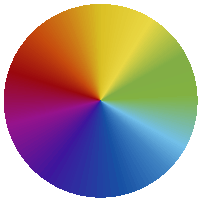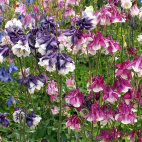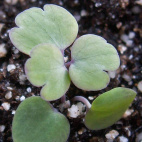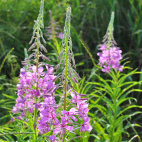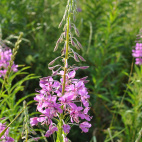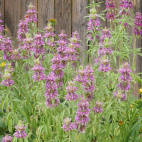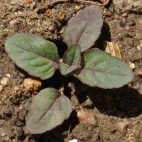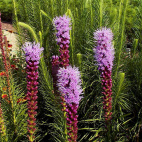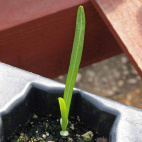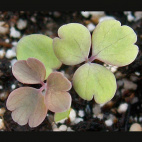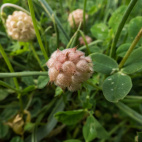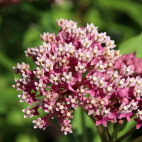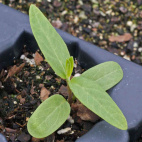Color
Availability
USDA Zone
Region
Type
Duration
Season
Germination
Soil
Sunlight
Height
Use
Narrow Your Search
Color
Availability
USDA Zone
Region
Type
Duration
Season
Germination
Soil
Sunlight
Height
Use
Wildflower Seeds - Northern Region
The Northern region is home to our Canadian friends in the eastern provinces, as well as the northern-most part of the Eastern US. This area is characterized by a long, cold winter with lots of snow, and a short humid summer that only lasts about 3 or 4 months. Most of the area is classified as a UDSA Growing Zone 4 or less, and the species that grow here have interesting ways to perpetuate themselves in spite of the short growing season. There are a lot of forests and wetlands in this region, so adequate moisture is hardly ever a problem. Look up your growing zone to make sure that the Northern wildflower seeds that you want to grow are winter hardy. Alternatively, just order annual flower seeds online so that the plant does not need to make it through the winter, but can reseed itself and come back from seed the next year.
-
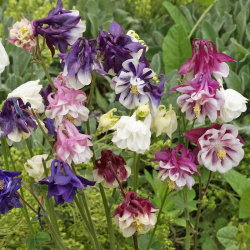 Dwarf Columbine Seed Mix
Aquilegia vulgaris
These delicate, nodding blossoms grow wild throughout much of northern Europe. This 16" dwarf variety produces a lovely mix of colors that will brighten any space!Quick View$3.48 Pkt - $12.65 / Oz
Dwarf Columbine Seed Mix
Aquilegia vulgaris
These delicate, nodding blossoms grow wild throughout much of northern Europe. This 16" dwarf variety produces a lovely mix of colors that will brighten any space!Quick View$3.48 Pkt - $12.65 / Oz -
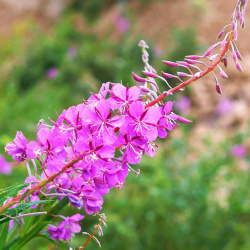 On Sale!
Fireweed Seeds
Epilobium angustifolium
A symbol of the Alaska and Yukon region, these brilliant pink blossoms also light up the prairie. The slightly spicy petals can be used to flavor wildflower honey, candy, ice cream, or jelly.Quick View$3.96 Pkt - $240.00 / Oz
On Sale!
Fireweed Seeds
Epilobium angustifolium
A symbol of the Alaska and Yukon region, these brilliant pink blossoms also light up the prairie. The slightly spicy petals can be used to flavor wildflower honey, candy, ice cream, or jelly.Quick View$3.96 Pkt - $240.00 / Oz -
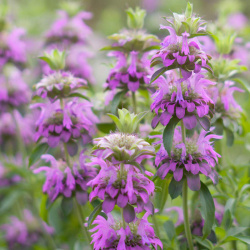 Lemon Mint Seeds
Monarda citriodora
Though not as strong as peppermint, this plant has a distinct herbal scent with hints of citrus, making it popular in flower and herb gardens around the world. The lavender flowers are a favorite of butterflies and hummingbirds.Quick View$2.98 Pkt - $13.34 / Oz
Lemon Mint Seeds
Monarda citriodora
Though not as strong as peppermint, this plant has a distinct herbal scent with hints of citrus, making it popular in flower and herb gardens around the world. The lavender flowers are a favorite of butterflies and hummingbirds.Quick View$2.98 Pkt - $13.34 / Oz -
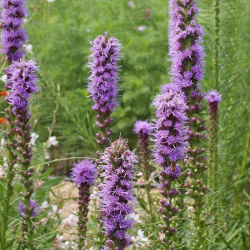 Marsh Blazing Star Seeds
Liatris spicata
Most Liatris thrive in dry soils, but this native species loves moisture. These impressive flowers showcase tall pink spikes, which readily attract butterflies, bees, and hummingbirds to your garden. It takes some patience to grow this plant from seed, but the resulting plant will last for many years.Quick Viewx
Marsh Blazing Star Seeds
Liatris spicata
Most Liatris thrive in dry soils, but this native species loves moisture. These impressive flowers showcase tall pink spikes, which readily attract butterflies, bees, and hummingbirds to your garden. It takes some patience to grow this plant from seed, but the resulting plant will last for many years.Quick ViewxMarsh Blazing Star Seeds
Liatris spicata
Most Liatris thrive in dry soils, but this native species loves moisture. These impressive flowers showcase tall pink spikes, which readily attract butterflies, bees, and hummingbirds to your garden. It takes some patience to grow this plant from seed, but the resulting plant will last for many years.
$3.48 Pkt - $14.07 / Oz -
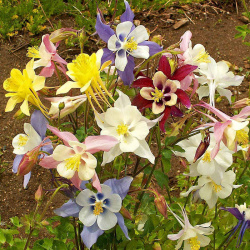 McKana Giants Columbine Seed Mix
Aquilegia caerulea
Developed explicitly for its large colorful blooms, this AAS Award winner first became available in the 1950s. A striking choice for any gardener who loves the distinctive columbine shaped flowers.Quick View$3.48 Pkt - $20.16 / Oz
McKana Giants Columbine Seed Mix
Aquilegia caerulea
Developed explicitly for its large colorful blooms, this AAS Award winner first became available in the 1950s. A striking choice for any gardener who loves the distinctive columbine shaped flowers.Quick View$3.48 Pkt - $20.16 / Oz -
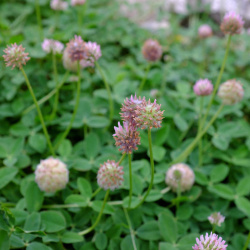 On Sale!
Strawberry Palestine Clover Seeds
Trifolium fragiferum
Since it tolerates flooding and coastal exposure, this hardy plant is valued for its versatility as a ground cover or grazing plant. This variety also withstands alkaline and saline conditions and is a good nectar source for honeybees.Quick View$3.48 Pkt - $6.84 / Oz
On Sale!
Strawberry Palestine Clover Seeds
Trifolium fragiferum
Since it tolerates flooding and coastal exposure, this hardy plant is valued for its versatility as a ground cover or grazing plant. This variety also withstands alkaline and saline conditions and is a good nectar source for honeybees.Quick View$3.48 Pkt - $6.84 / Oz -
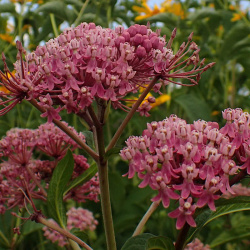 On Sale!
Swamp Milkweed Seeds
Asclepias incarnata
These showy, pink flowers give off a sweet scent similar to cinnamon or vanilla. Attractive to butterflies, this variety flourishes in swamps or along streams, so it is a great option for a butterfly plant in a wet setting. Swamp milkweed plants are a staple of many wetland plantings.Quick Viewx
On Sale!
Swamp Milkweed Seeds
Asclepias incarnata
These showy, pink flowers give off a sweet scent similar to cinnamon or vanilla. Attractive to butterflies, this variety flourishes in swamps or along streams, so it is a great option for a butterfly plant in a wet setting. Swamp milkweed plants are a staple of many wetland plantings.Quick ViewxSwamp Milkweed Seeds
Asclepias incarnata
These showy, pink flowers give off a sweet scent similar to cinnamon or vanilla. Attractive to butterflies, this variety flourishes in swamps or along streams, so it is a great option for a butterfly plant in a wet setting. Swamp milkweed plants are a staple of many wetland plantings.
$3.48 Pkt - $14.49 / Oz
The Northern region is home to our Canadian friends in the eastern provinces, as well as the northern-most part of the Eastern US. This area is characterized by a long, cold winter with lots of snow, and a short humid summer that only lasts about 3 or 4 months. Most of the area is classified as a UDSA Growing Zone 4 or less, and the species that grow here have interesting ways to perpetuate themselves in spite of the short growing season. There are a lot of forests and wetlands in this region, so adequate moisture is hardly ever a problem. Look up your growing zone to make sure that the Northern wildflower seeds that you want to grow are winter hardy. Alternatively, just order annual flower seeds online so that the plant does not need to make it through the winter, but can reseed itself and come back from seed the next year.


